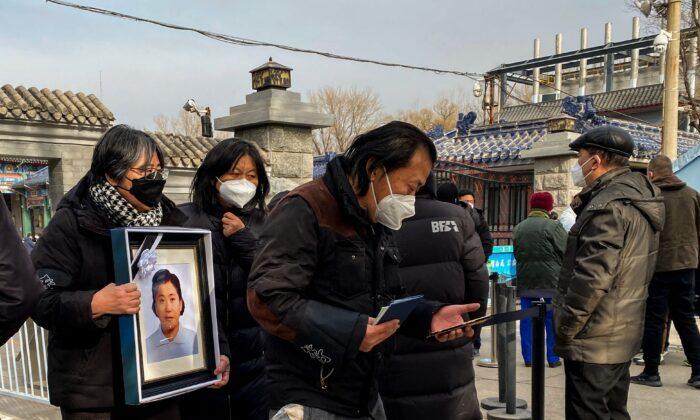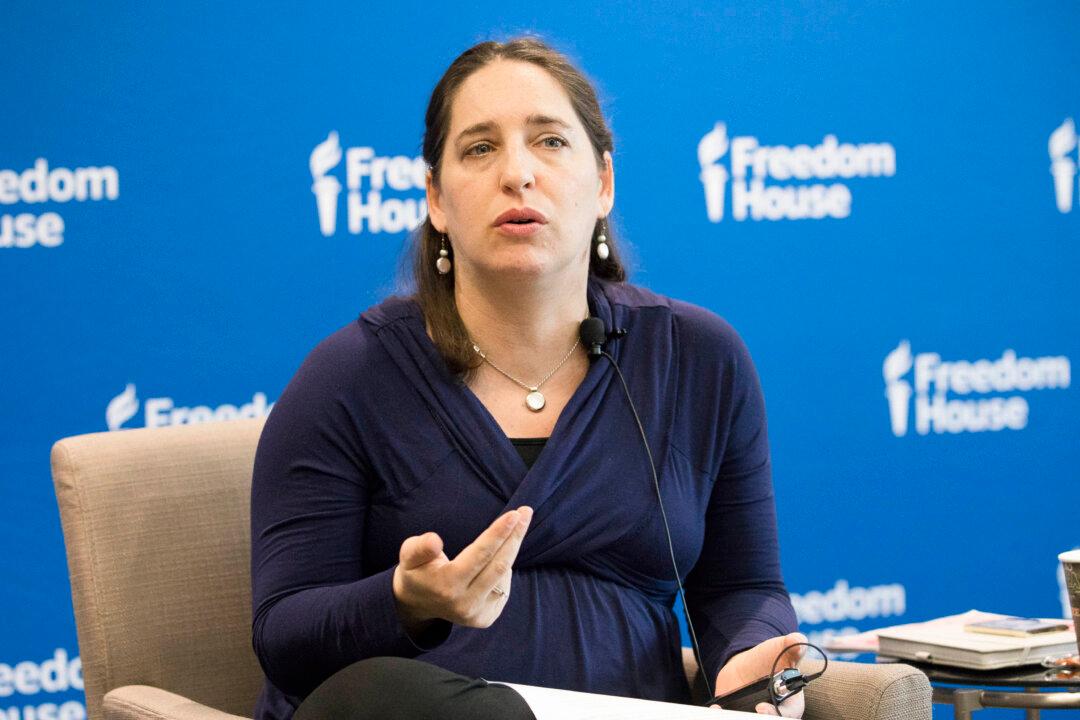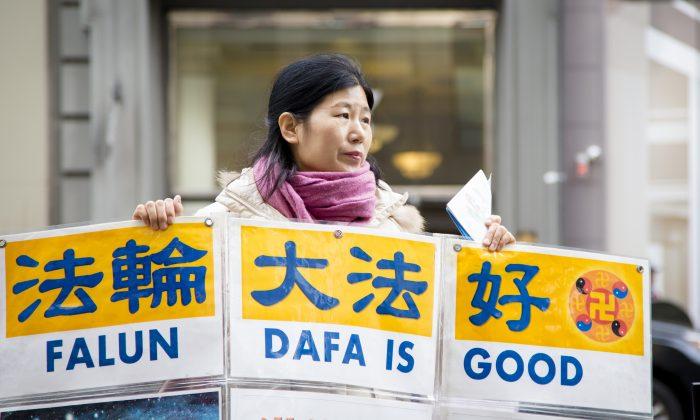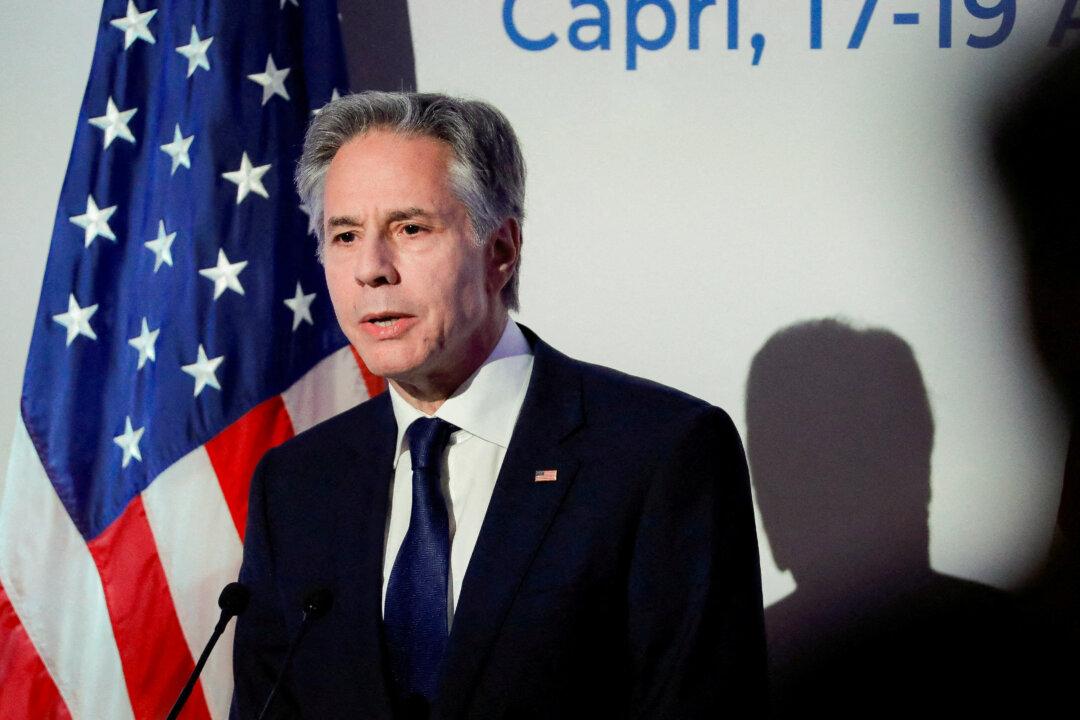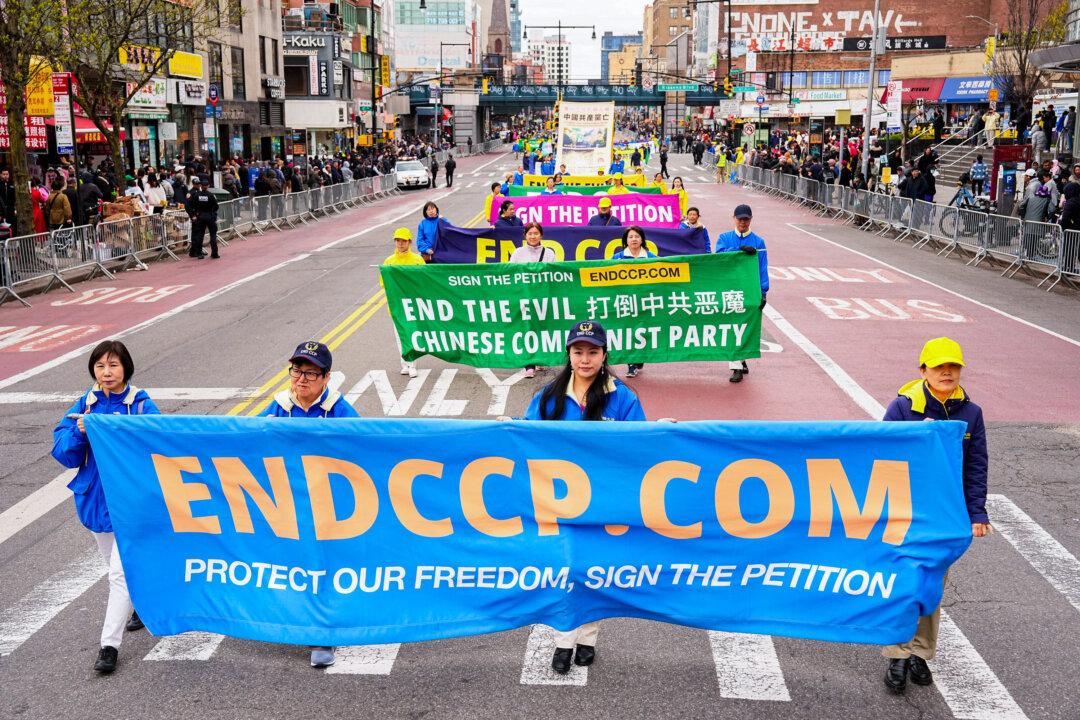A surge in COVID-19 cases in China has left crematoriums working around the clock to cope with the influx of bodies.
Prices for medical supplies have skyrocketed as patients struggle to get a bed at overwhelmed hospitals, where doctors and nurses have pushed on despite being sick with COVID-19 themselves.
For many, the only option to protect themselves after catching the virus is to stay home.
Crematories are so overwhelmed that they’ve been unable to transport corpses on the day of the death or even the day after.
“There’s nothing we can do. There are just too many deaths,” a funeral home owner from Shenyang, the capital of northeast Liaoning province, told The Epoch Times on the condition of anonymity.
About half a dozen other funeral homes elsewhere similarly confirmed long waiting lists.
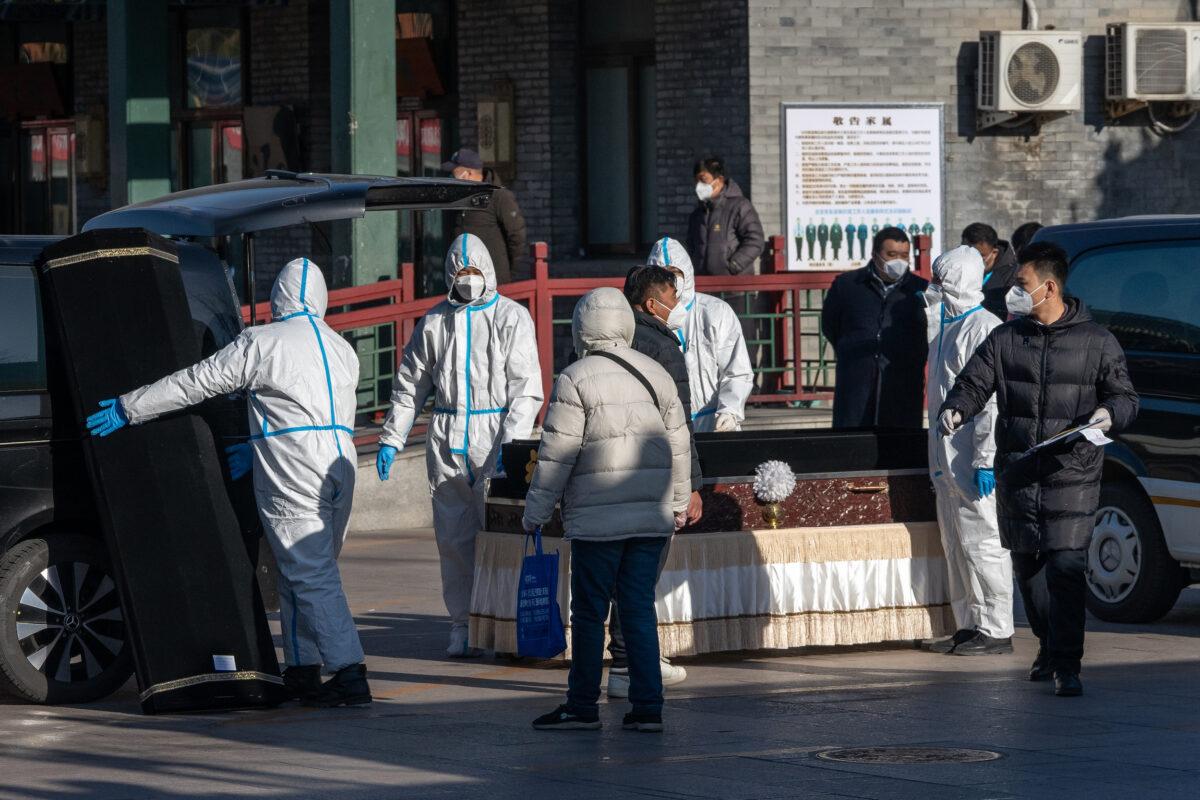
“I haven’t slept for 20 hours,” another worker from Beijing’s Changping Funeral House, one of three designated COVID-19 crematoriums in the city, told The Epoch Times on Dec. 15.
His colleagues are also falling ill with COVID-19. The facility, which he said processed about 100 bodies per day, has a packed schedule through the next 10 days.
“If the deaths occurred at home, we wouldn’t be able to take them because there’s no car available,” he said. “We are dealing with [demand] from the entire city, and there’s just too many to burn.”
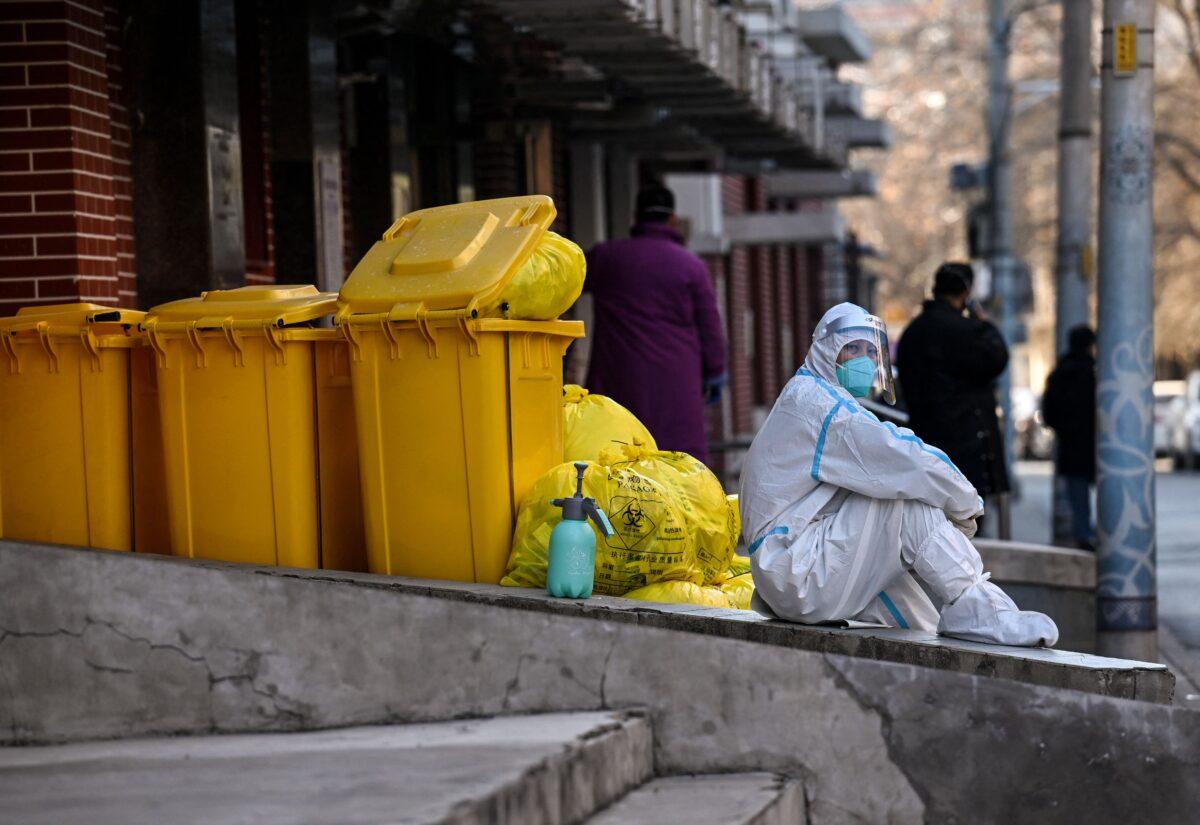
Official Tally Questioned
The scenes these workers depicted formed a stark contrast with the official death toll promulgated by the Chinese regime, which on Dec. 20 recorded only five deaths across the entire country—all of which were from Beijing. China’s official virus count and death figures have consistently been deemed unreliable because of the regime’s practice of downplaying developments that may tarnish its image.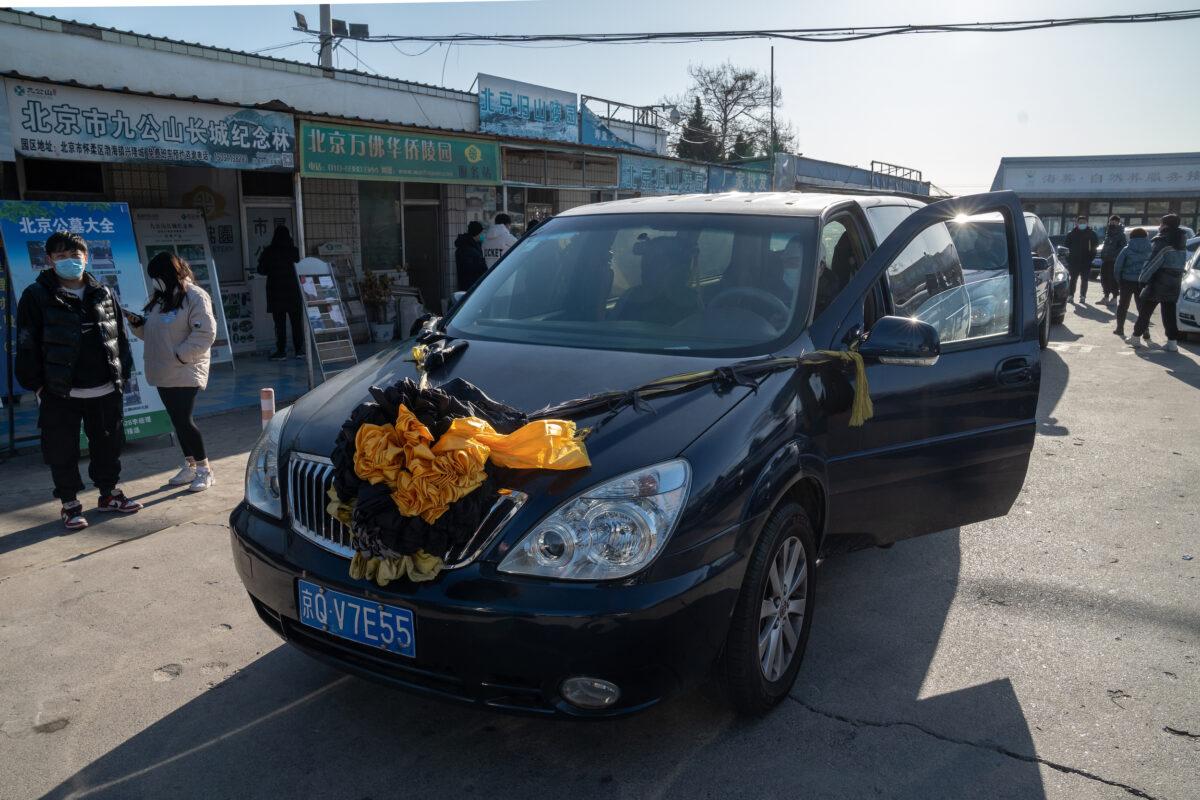
In the span of a week, Chinese state narratives on the COVID-19 pandemic have made a U-turn: After previously describing the virus as a lethal threat to the populace, a top state physician recently likened COVID-19 to a common cold. Various local government agencies are now telling state employees to report to work if they test positive but have mild or no symptoms. Previously positive cases meant being barred from leaving the house or forcibly sent to centralized quarantine centers.
But these assurances haven’t tamed public worries either domestically or abroad.
U.S. State Department spokesperson Ned Price on Dec. 20 said the United States hopes to see China get COVID-19 under control and that Washington is ready to provide health support.
“That, of course, is the case because we don’t want to see death or disease spread anywhere,” he said in a press briefing. “We also know that whenever the virus is spreading anywhere widely in an uncontrolled fashion, it has the potential for variants to emerge.”
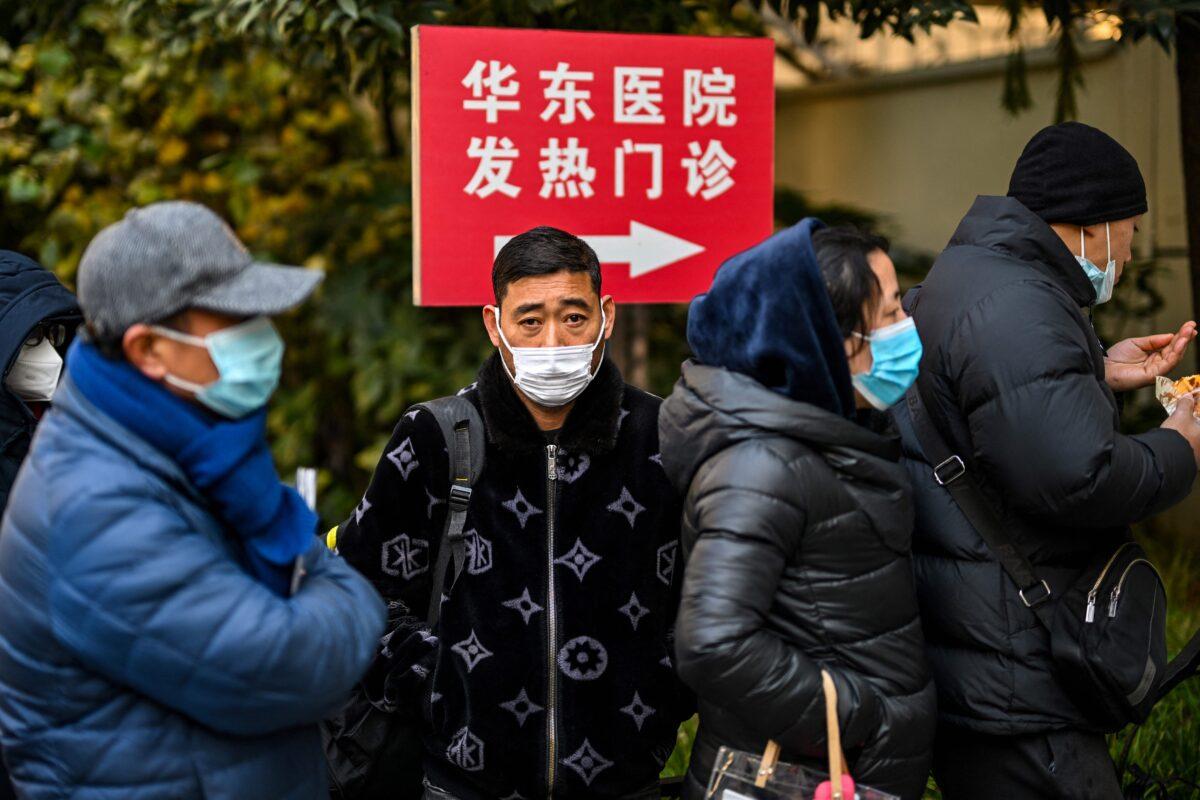
Neglect
In Shanghai, a number of seniors have fallen dead on the train, a subway station worker told The Epoch Times. In Hunan province, a 25-year-old woman built herself a tent in her family’s farmland after testing positive for fear of infecting her family. A Beijing woman wept after visiting three hospitals to get treatment for her infected father, only to be told there were no beds available.“Yours is a serious case, and we can’t take you,” the woman, Ms. Du, later recalled a doctor telling her in video footage she posted online.
“Don’t say I’m lying to you, take a look yourself, we are not even talking about beds, just see if there’s room to stand.”
The doctor also said they were able to vacate some 10-plus beds from the deceased patients that day, far from enough to accommodate Du’s father.
In a sign of how short-staffed the hospitals have become, retired medics are being brought back to work. An internet celebrity recalled in an online video being helped by a young doctor after she got a high fever from COVID-19. The doctor, who was drawing her blood, was coughing during the treatment. He told her he had been sick for five days but was unable to take leave.
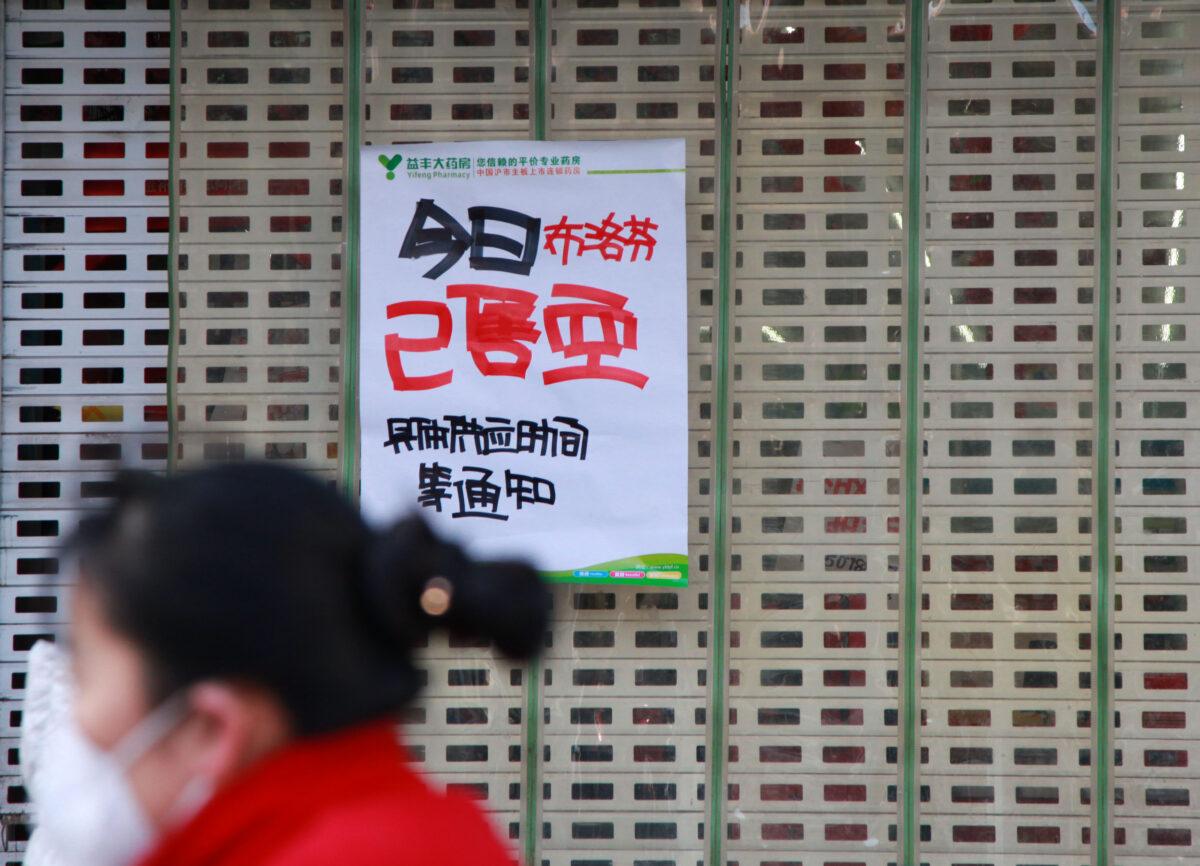
Ms. Li, a Shanghai local, said her son was infected with COVID-19 after returning from a work trip. She tried to lower his body temperature by applying alcohol and ice bags. They didn’t try to seek hospital treatment, knowing that there would be no medication available for them, she said.
The cost of lemons, sought after for their antibacterial properties, has jumped. Panic buying has resulted in anti-inflammatory drugs and cough medicines selling out on some Chinese e-commerce platforms. Even canned yellow peaches are selling like hotcakes for their purported ability to relieve anxiety.
Li said the authorities’ apparent neglect shows where their priorities lie.
“If they truly care about your health, this should be the time where white-clad health workers are all over the street, going door to door to distribute medical supplies,” she told The Epoch Times. “But that’s not happening. When you don’t need it, they come kicking your doors, but when you are the most vulnerable, they are nowhere to be found.”
